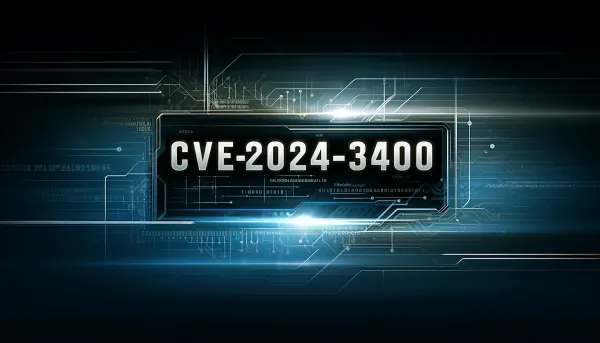
4 min read
Guides How to identify, remediate, and prevent exploitation of PAN-OS CVE-2024-3400 vulnerability in Palo Alto Network PAN-OS versions 10.2, 11.0, and 11.1.

How to identify, remediate, and prevent exploitation of PAN-OS CVE-2024-3400 vulnerability in Palo Alto Network PAN-OS versions 10.2, 11.0, and 11.1.

Remediate, Prevent, and Defending Against Insecure Direct Object References.

Remediate, Prevent, and Defending Against Insecure Direct Object References.

Template for reporting Stored Cross-Site Scripting (XSS) vulnerabilities to Bug Bounty or Vulnerability Disclosure Programs.

Template for reporting XML External Entity (XXE) vulnerabilities.